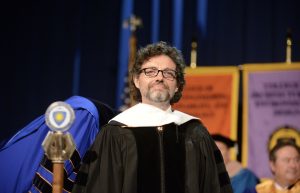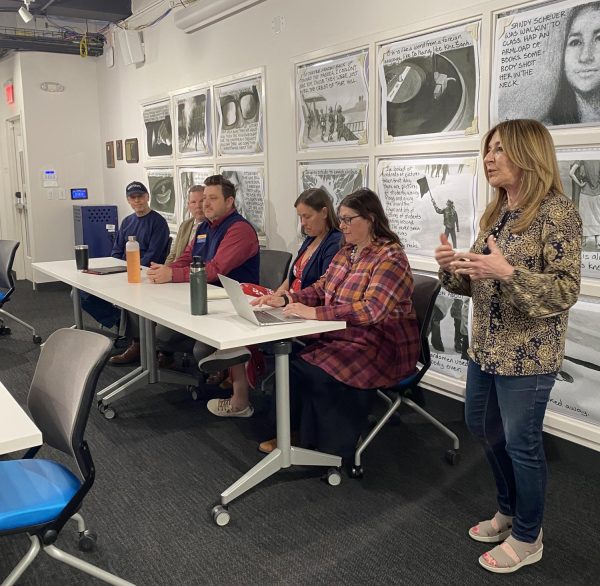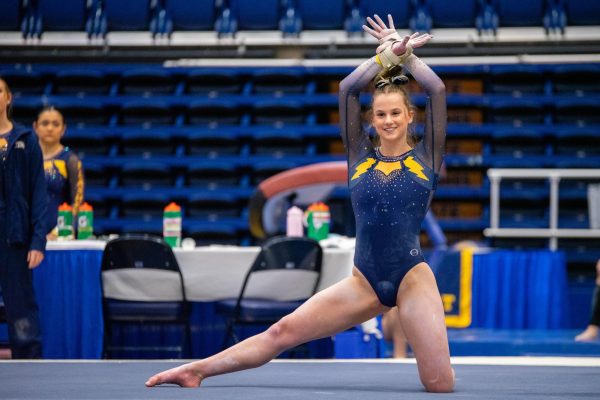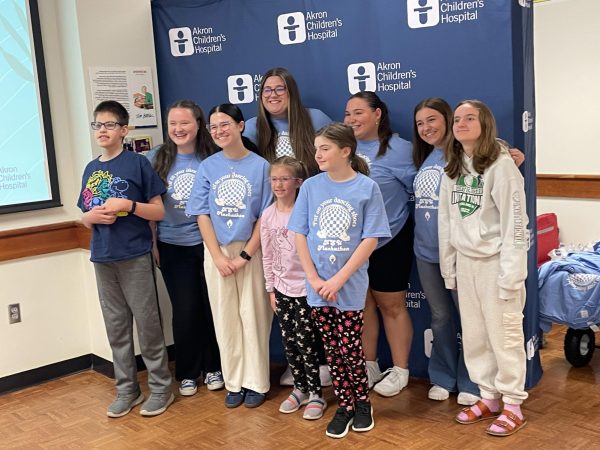Researchers study moving particles in liquid crystals
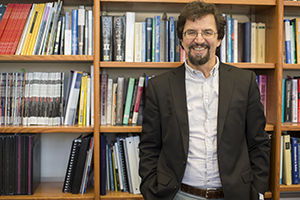
Oleg Lavrentovich. Feb. 23, 2015.
February 25, 2015
Kent State researchers are nearing the conclusion of their research in understanding a new way to induce electrophoresis in liquid crystals.
Oleg Lavrentovich, a trustees research professor of chemical physics, said that electrophoresis is the motion of particles in externally applied electric fuel. Normally, electrophoresis is conducted in water or other fluids, but Lavrentovich’s team is researching ways to have electrophoresis occur in liquid crystals.
“The ability to create matter that moves at the scale of micrometers is important for everything,” Lavrentovich said. “We would like to explore things that nobody ever explored before.”
A liquid crystal is something different compared to water or other mediums, Lavrentovich said. Liquid crystals have the ability to manipulate the particles within the medium, opening up more opportunities for particle management. Liquid crystals are used in LCD screens. A relevant example of a device that uses electrophoresis is the Kindle Fire, which uses the technology for its displays. With liquid crystals being used for the electrophoresis process, the technology behind digital displays on devices such as mobile phones can be advanced.
Lavrentovich is the principal investigator for this project. Research into the subject of liquid crystal electrophoresis was conducted in 2009, with the first article appearing in Nature Journal Oct. 21, 2010.
Graduate students Israel Lazo and Chenhui Peng have joined Lavrentovich for this project. With Lazo’s graduation, Peng used the knowledge Lazo taught him to carry on with the rest of the project’s research.
Along with his team at Kent State, Lavrentovich said he has collaborated with universities in Scotland, England, Ukraine, Ireland, France, Italy and South Korea.
Peng is researching the symmetry configurations in liquid crystals, which affects the mechanisms in electrophoresis.
The project has gone through two proposals, both renewed in 2010 and 2014. The newest proposal covers the idea of introducing alternating current to electrophoresis rather than direct current.
Peng said that the project team has been collaborating with the field of nanoscience, particularly with Qi-Huo Wei, an associate professor of chemical physics.
“We are moving a little bit towards using them for certain applications,” Wei said. “We developed the nanotechnology that (will) allow us to align (and) to control the molecule orientation in a designable fashion. We are trying to get something beyond (industrial techniques) using nano applications.”
Wei said during the summer of 2014, he began working on the project after he showed Lavrentovich his research on how to control molecules in electrophoresis using nanoscience.
Wei said the end goal would be to learn how to control molecule orientation and manipulation for larger size screens, such as computer monitors.
Though much of the research that will be revealed later this year is being kept confidential, the project is nearing its research phase and will soon enter its research into proper application of this electrophoresis method.
Contact Jacob Runnels at [email protected].









